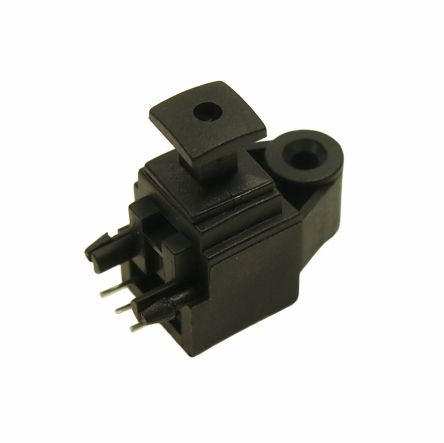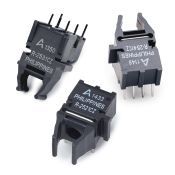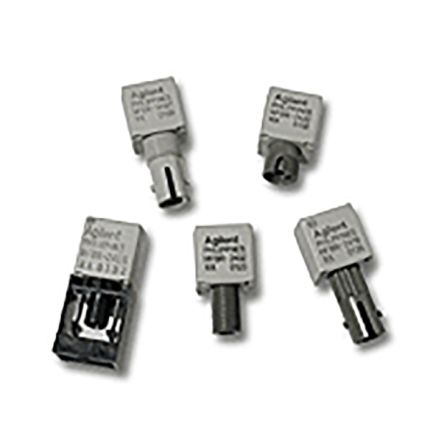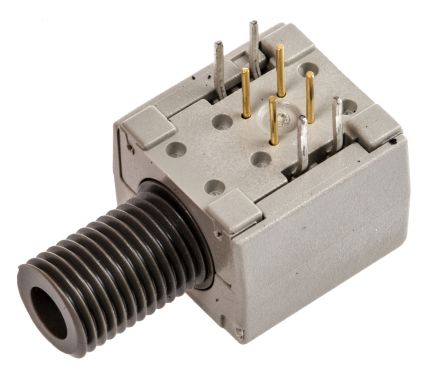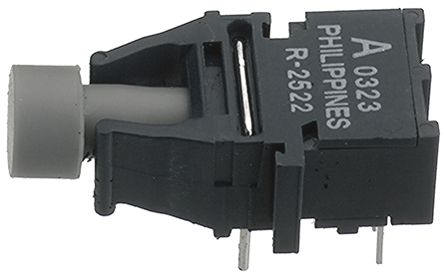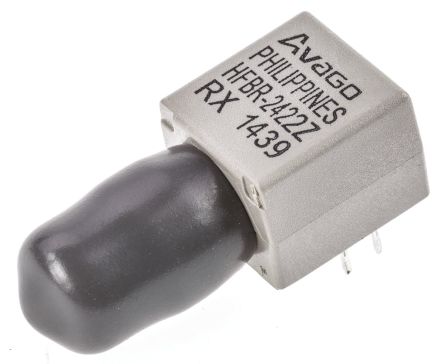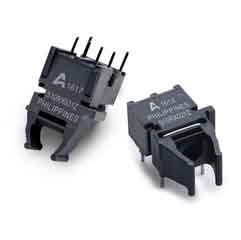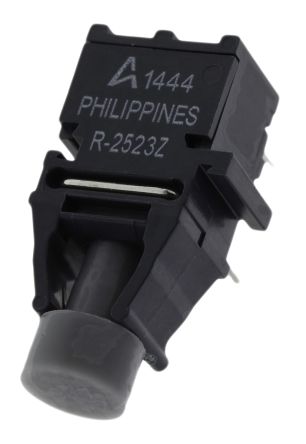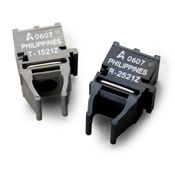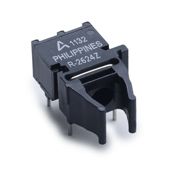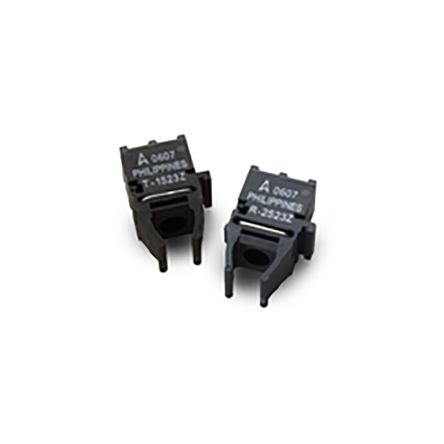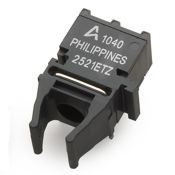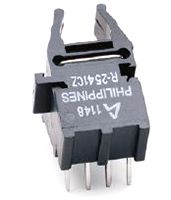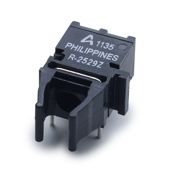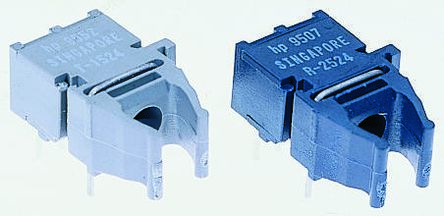- Automation & Control Gear
- Cables & Wires
- Enclosures & Server Racks
- Fuses & Circuit Breakers
- HVAC, Fans & Thermal Management
- Lighting
- Relays & Signal Conditioning
- Switches
- Batteries & Chargers
- Connectors
- Displays & Optoelectronics
- ESD Control, Cleanroom & PCB Prototyping
- Passive Components
- Power Supplies & Transformers
- Raspberry Pi, Arduino, ROCK, STEM Education & Development Tools
- Semiconductors
Fibre Optic Receivers
Fibre optic receivers convert data from fibre optical cables into electrical signals. Receivers accept the data and then transform the signals into electrical pulses.
The receivers contain semiconductors called photodetectors and an amplifier to produce what is called logic compatible output. This means that the signal output is not controlling the circuit status (current flow).
Some fibre optic receivers perform both the receiving and transmission functions and are referred to as transceivers.
What are fibre optic receivers used for?
Fibre optic receivers are used in many applications like sensoring systems, machine safety systems and tower lights.
These receivers are also useful in solving high voltage isolation issues like signal interference, where large data quantities must be transferred over long distances.
Fibre optic receivers also help to identify transmission errors in loopback testing activities for systems, process equipment and machinery.
Types of fibre optic receivers
Two main types of fibre optic receivers exist:
- Digital receivers identify the input signals, amplify them and then reshape them into electrically undistorted output signals.
- Analog receivers identify the optical input signals and then enlarge the photocurrents to increase the quality of the signal without transforming them.
Liens connexes
- Optek OPF472 905nm Fibre Optic Receiver
- Fibre Optic Transmitters
- Broadcom AFBR-S10PS010Z Fibre Optic Receiver, Round
- RS PRO 16Mbps 750nm Fibre Optic Receiver Fiber Optic Connector
- RS PRO 16Mbps 650nm Fibre Optic Receiver Fiber Optic Connector
- Broadcom AFBR-2539Z 50Mbit/s 685nm Fibre Optic Receiver
- Broadcom AFBR-2529Z 50Mbit/s 685nm Fibre Optic Receiver
- Broadcom AFBR-2541CZ 5Mbit/s 685nm Fibre Optic Receiver

